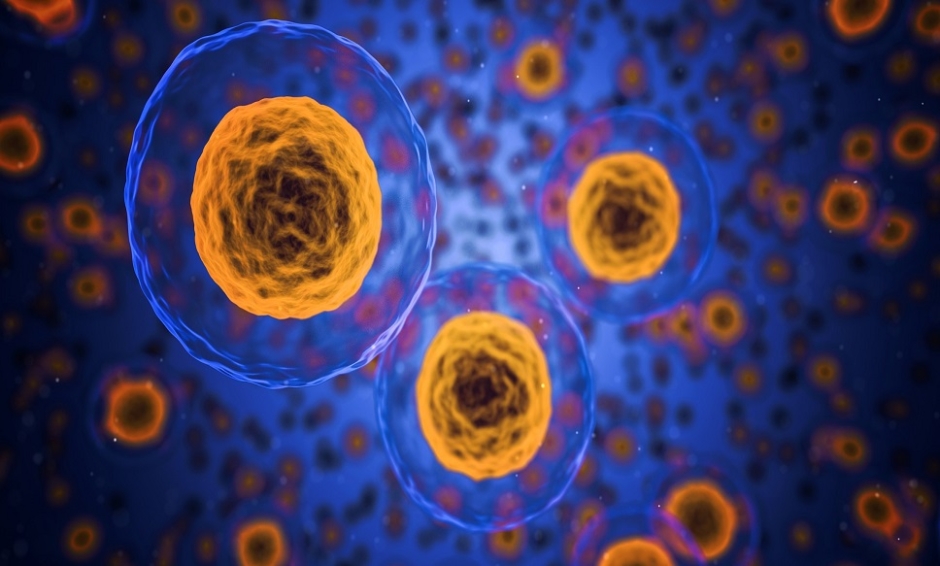NANOPARTICLES produced by combustion engines may activate viruses that lie dormant in cells of the lung tissue, according to the results of a recently published study. Highlighting the study’s headline finding, co-lead study author Dr Tobias Stöger, Institute of Lung Biology and Disease, Helmholtz Zentrum München, Oberschleißheim, Germany, announced they had shown that “an exposure to nanoparticles can reactive latent herpes viruses in the lung.”
A latent infection refers to the condition where viruses evade the immune system by hiding in the cells of their host and remaining there. Such latent viruses can reactivate and begin to attack the host cell if the immune system weakens or if certain conditions change. Building upon the existing knowledge that breathing in nanoparticles has an inflammatory affect and influences the immune system, Dr Stöger and colleagues determined that nanoparticles can also reactive a latent infection.
The study focussed on the impact of nanoparticles commonly produced by the burning of fossil fuels in an experimental model for a specific herpes viral infection. They discerned that the amount of viral proteins, which are only produced with active virus proliferation, significantly increased. Additional experimentation with human cells revealed that the nanoparticles also reactivated Epstein–Barr viruses.
In order to develop their research further, the team hopes to investigate if these findings transfer to humans, which would be of special value as many people carry herpes viruses, asymptomatically. If the findings were to be confirmed, the next step would be to consider the molecular mechanism of action by which the latent herpes viruses were reactivated; this would allow the possibility of influencing this mechanism therapeutically. Dr Stöger also noted that: “In long-term studies, we would like to investigate to what extent repeated nanoparticle exposure with corresponding virus reactivation leads to chronic inflammatory and remodelling processes in the lung.”
(Image: freeimages.com)








